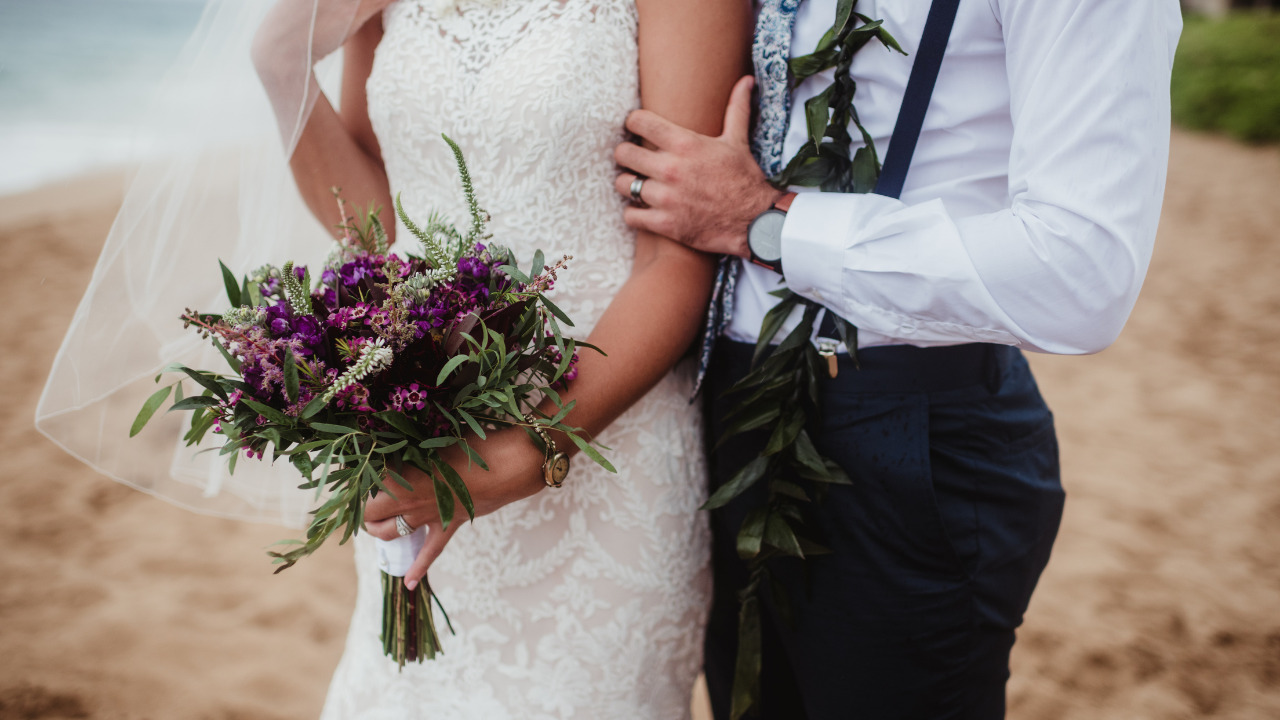At first glance, the island of Malta just looks like a barren wash of low, honey-hued limestone buildings, scrubby shrubs, and terraced stone walls. Look closer at this sensual Mediterranean escape located just 60 miles off the coast of Sicily, however, and you’ll see that its monochromatic facade is punctuated with brilliant dashes of color and life.
The homes, most the color of cinnamon-sprinkled cappuccinos, have doors with gold-plated animal door knockers, and enclosed balconies made of cast iron, stone, or wood painted hunter green, red, or pink. Public buses, customized and named by their owners, compete with yellow and orange luzzu, the traditional Maltese fishing boat, for your camera’s attention. Mellow orange-and-white street cats bask in the sun and googly eyed couples sip wine at outdoor cafes.
The country of Malta consists of three islands: Malta, Gozo, and Comino. These three alone make for an enticing escape, especially if you add a day (or longer) trip to Sicily, just a 90-minute ferry ride away. Better yet, make Malta a generous stop between time spent in Sicily and Tunisia for an exotic honeymoon trio.
In a Word: History
Malta is steeped in mystical and military history that will set the imagination afire. Several Neolithic temples grace both Malta and Gozo, for instance, all pre-dating the Egyptian pyramids by more than a thousand years. Other fascinating and haunting historical sites include the winding streets of the medieval town of Mdina — and winding underground pathways of St. Paul’s or St. Agatha’s catacombs.
The Knights of St. John, an exclusive military fraternity, also play a colorful role in the island’s past. For those of you titillated by military history, armor, or S&M, you must visit the Palace Armoury at the Presidential Palace in the city of Valletta, where you’ll find all manner of elaborate protective gear — some with 150 moving parts! — plus a slew of other medieval weapons that look like they belong in a big-budget Hollywood movie.
Why We’d Go: Seven Features You’ll Never Forget
- Maltese eats
Get ready to be seduced and enthralled by the fresh rustic flavors of Malta: goat cheese, tomatoes, capers, fish, and olive oil; delectable homemade pasta; sweet and savory pastries; and frothy cappuccino, seemingly the island’s national drink. Try a Maltese ftira (a sandwich made with flaked tuna, olives, and capers) or lampuki pie (made with a local fish), and wash it down with a hearty Maltese wine or delicious island-brewed lager. - Valletta
Completed in 1580, walled-in Valletta was the first preplanned city in Europe, resulting in a well-organized layout of level and stair-cased streets and beautiful Baroque buildings. Malta’s capital is located on a promontory and surrounded by harbor on three sides, with lovely views for lingering over a cappuccino or two. Valletta is the site of many attractions, including the National Museum of Archeology, St. Paul’s Shipwreck Church, and lavishly decorated St. John’s
Co-Cathedral. The staid exterior of St. John’s was completed in 1578, but the floor-to-ceiling adornment of paintings, statues, marble mosaics, and deeply carved, gold-leafed walls and elaborate chapels evolved over the next 200 years. The highlight is the floor, which is covered by 375 intricate marble memorial tombstones, each featuring its resident knight’s life history in Latin. It’s fun to search for the skulls and cross bones woven into the unique design of each. Be sure to take a guided tour. The stories behind the creations within these walls — which also house Mary Magdalene’s alleged finger — will blow you away. - Water, Water Everywhere
The blue depths of the Mediterranean Sea sparkle at you from all sides on these islands, and an array of water sports are popular summer pastimes. Swimmers will revel in the bathlike water of the Blue Lagoon off Comino and divers will enjoy good visibility and no tides at a dozen or so popular sites — including caves, tunnels, wrecks, and walls — off both Malta and Gozo. For looking without touching, a boat ride into the stunningly clear turquoise waters of the Blue Grotto off Malta is fun, and you’ll discover “Honeymoon Cave,” where legend has it that fishermen and their new wives once spent their first day of marriage together. - Mdina: The “Silent City”
The grand main entrance of this fortified city crosses a moat and transports you into a setting frozen in time. Only residents can drive within the city, so you’ll have to walk once inside, but you’ll see far more on foot anyway. Wander the narrow streets and be sure to visit the lovely Cathedral of St. Peter and St. Paul, home of the Icon of the Madonna, a painting reputedly done by St. Luke 2,000 years ago. Outside the city in Rabat, you’ll find St. Paul’s Catacombs, which cover a whopping 2.5-square-kilometer area, though only 300 square meters are open to the public. Bring a flashlight to illuminate the rock-cut passages and tombs, now empty after long-ago raids by Arabs forced residents to move the bodies to a guarded communal grave. You’ll see small holes for children (due to a high infant mortality rate), and canopied tombs for families or couples, some with stone “pillows.” Down the street, St. Agatha’s Catacombs have the added adornment of medieval frescoes on its walls. - Silver-Screen Sets
You may be more familiar with Malta than you think: The island is a popular filming location. For example, you may tour charming Popeye’s Village, built on rocky Anchor Bay for the Robert Altman movie Popeye. From Upper Barrakka Gardens in Valetta, you can see Fort Ricasoli across the Grand Harbour, where the original dungeons and a specially built coliseum movie set was used for Gladiator. - Gozo
The island of Gozo is a 15-minute ferry ride northwest of Malta and the site of the infamous Ggantija Temples, “The Place of Giants,” a solar calendar and fertility temple and U.N.E.S.C.O. World Heritage Site that is nearly 6,000 years old. Built from coralline limestone layers that were rolled into place on stone rollers and soil “ramps.” The island has other attractions, including the soft, red-sand Ramla Bay beach, the striking Azure Window (in which giant slabs of stone “frame” the ocean), and the fortified citadel (“Gran Castello”) in the town of Victoria. Walk the wall surrounding the citadel for postcard-pretty views of terraced hills and stop for lunch at Rikkardu’s, on Tirq Il Fosos, a street to the left of Our Lady of the Assumption Church. Here, you’ll feast on plump Maltese tomatoes, super-sized capers, and marinated goat cheese that you can mix ‘n’ match with hunks of crusty bread, drizzled olive oil, and gulps of red wine. Finish up with halva, a sweet nougat, and spiced coffee for gluttony at its finest and freshest. - Shopping
Malta is famous for its gold and silver filigree work and handmade lace. For locally made items, visit the Ta’ Qali Crafts Village outside of Mdina. Watch glass blown at Mtarfa Glass or peruse other shops for jewelry, wool sweaters, ceramic house numbers, and pottery. Valletta and the shop-lined, bayside boulevard of Sliema are great for European styles (Top Shop, Marks & Spencer, Next etc.) and local stores. Note: Shop early or late — many shops close between 1 and 4 p.m. for siesta, Maltese style.
When to Go: Malta at its Best
- Best weather: May to mid-July and mid-September to November (mid-July to mid-September is hottest)
- Best prices: November to March
- Festival highlights: Carnival is celebrated in February with parades and music in Valletta; festivals including parades and fireworks in honor of a village’s patron saint occur from June to September; the annual Malta Jazz Festival grooves during the third weekend in July in Valletta; annual three-day Mdina Festival to celebrate winning back possession of Malta’s churches and palaces from the French takes place during the first weekend of October in the “Silent City”
Befor You Go: Need-to-Know Info
- Entry requirements: Passport
- Language: Maltese, English
- Currency: Maltese Lira (Lm)
- Flight time: There are no direct flights to Malta; the most common connection points for trans-Atlantic flights are Heathrow and Gatwick in London
- Hotel tax: 10%
- Tipping: 15% in restaurants, 1 Lm for taxi drivers and hotel maids per night
- Getting around: Bus, hired car, taxi, rental car (keep left!)
- More info: Malta Tourist Office, (877) GO MALTA
TYING THE KNOT: MARRIAGE LICENSE REQUIREMENTS



